The Game Boy is here!
In 1989, Nintendo forever changed the landscape of gaming with the release of the Game Boy, a handheld console that combined portability, durability, and a strong library of games. While not the first handheld gaming device, it became the most influential, paving the way for a legacy that spans decades.
A Bold Step Into Portable Gaming
Before the Game Boy, Nintendo had already dabbled in portable games with its Game & Watch series. However, these were simple, single-game LCD units. The idea for a more advanced, cartridge-based handheld came from Gunpei Yokoi, the legendary Nintendo engineer who also created the Game & Watch and the Metroid franchise.
Yokoi envisioned a device that didn’t aim for cutting-edge graphics but prioritized battery life, portability, and affordability, core values that would define the Game Boy’s massive success.
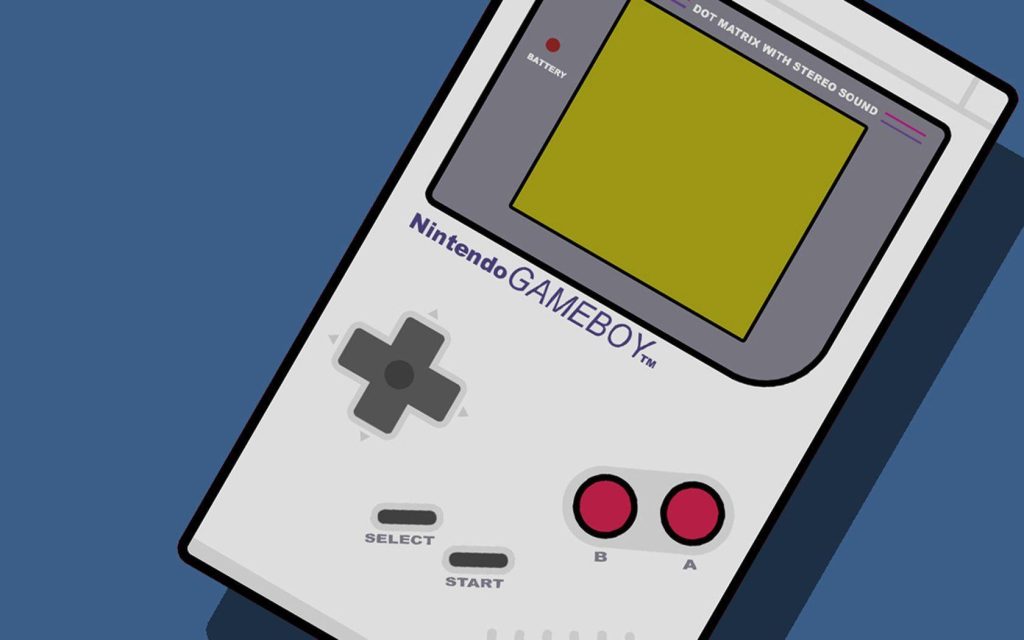
Launch and Market Impact
The Game Boy launched on April 21, 1989 in Japan and later that year in North America (July 31) and Europe (September 1990). It came bundled with a game that would become synonymous with the device itself: Tetris. The simplicity and addictiveness of Tetris appealed to a wide demographic, from kids to adults, breaking age and gender boundaries in gaming.
Despite its greenish monochrome screen and relatively simple specs compared to competitors like the Sega Game Gear or the Atari Lynx, the Game Boy outsold them by far. Nintendo’s focus on gameplay, battery efficiency (up to 30 hours on 4 AA batteries), and iconic franchises proved to be a winning formula.
Technical Specifications
| Component | Details |
|---|---|
| CPU | Custom 8-bit Sharp LR35902 (similar to Z80), 4.19 MHz |
| Display | 2.6-inch STN LCD, 160 × 144 pixels, 4 shades of gray |
| Sound | 4-channel stereo sound (with headphone support) |
| Controls | D-pad, A/B buttons, Start, Select |
| Cartridge Size | Varies; typically 256 KB to 1 MB ROM |
| Power Supply | 4 AA batteries (up to 30 hours of gameplay) |
| Dimensions | 90 mm × 148 mm × 32 mm |
| Weight | 220g (without batteries) |
| Connectivity | Link Cable (for multiplayer games like Pokémon) |
Game Library and Cultural Icons
The Game Boy featured an incredible lineup of games, many of which launched new franchises or solidified existing ones:
- Tetris (1989). The killer app that sold millions.
- Super Mario Land (1989). A portable twist on the Mario formula.
- The Legend of Zelda: Link’s Awakening (1993). One of the first truly deep handheld adventures.
- Pokémon Red and Blue (1996 in Japan, 1998 internationally). The title that sparked a global phenomenon.
- Metroid II: Return of Samus (1991). Further expanded one of Nintendo’s key franchises.
- Kirby’s Dream Land (1992). The debut of another iconic character.
By the time the Game Boy line moved on to newer models, over 1,000 games had been released for it globally.
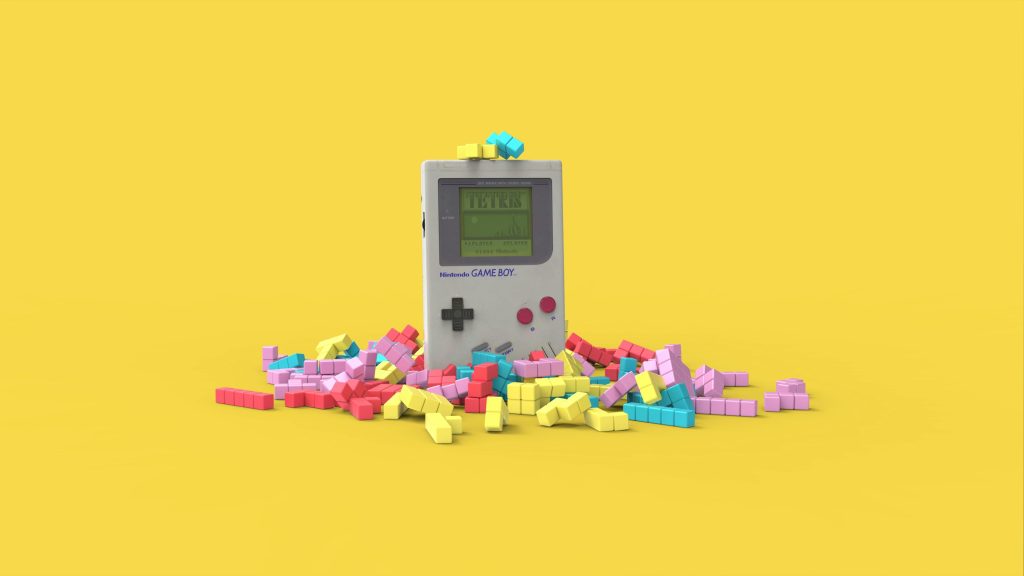
Models and Successors
Though the original Game Boy was a massive success, Nintendo continued to innovate with new versions:
- Game Boy Pocket (1996). A smaller, lighter version with a clearer screen.
- Game Boy Light (1998, Japan only). Added a backlight for night-time gaming.
- Game Boy Color (1998). Introduced color graphics while maintaining backward compatibility.
- Game Boy Advance (2001). Faster processor, better graphics, shoulder buttons.
- Game Boy Advance SP (2003). Clamshell design, front-lit screen, rechargeable battery.
Eventually, the Game Boy line evolved into the Nintendo DS, and eventually, the Nintendo Switch, but all owe their lineage to the humble gray brick of 1989.
Legacy and Impact of Nintendo Game Boy
The Game Boy sold over 118 million units worldwide (including Game Boy and Game Boy Color), making it one of the best-selling consoles of all time.
Its impact wasn’t just commercial, it defined what handheld gaming could be. It introduced millions to the idea that great games didn’t need to be tied to a TV and laid the foundation for Nintendo’s continued dominance in portable gaming.
Gunpei Yokoi’s philosophy of “lateral thinking with withered technology”, using mature, reliable tech in creative new ways, shined through the Game Boy’s design and continues to influence Nintendo to this day.
The Nintendo Game Boy was a cultural milestone!
The Nintendo Game Boy was more than just a console, it was a cultural milestone. In a world chasing ever-higher graphical fidelity, the Game Boy reminded us that fun, design, and imagination are what truly make games great. Over three decades later, its legacy remains alive, not only in nostalgia but in the very DNA of modern handheld gaming.
You might also like
More from CONSOLES
Nintendo Wii Mini: Complete History, Versions, and Specs (2012)
The Nintendo Wii Mini is a lesser-known variant of the highly successful Nintendo Wii console. Designed as a more affordable …
Nintendo Switch: The Complete History and Versions of Nintendo’s Hybrid Revolution (2017)
Introduction When the Nintendo Switch was launched on March 3, 2017, it wasn’t just a new console, it was a radical …
Nintendo DS: The Dual-Screen Revolution (2004)
The Nintendo DS, launched in 2004, marked a bold and innovative step in the world of handheld gaming. With its …
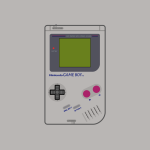









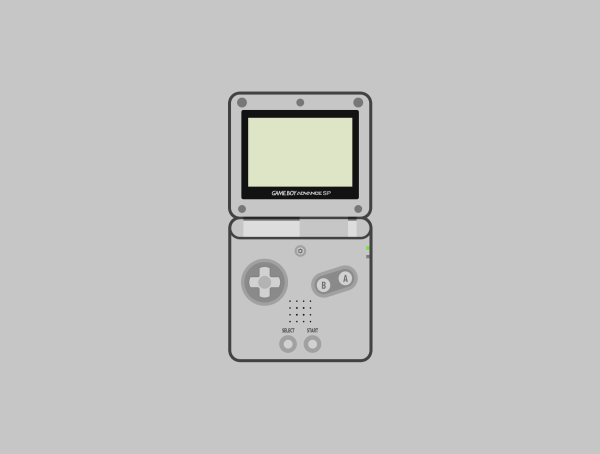
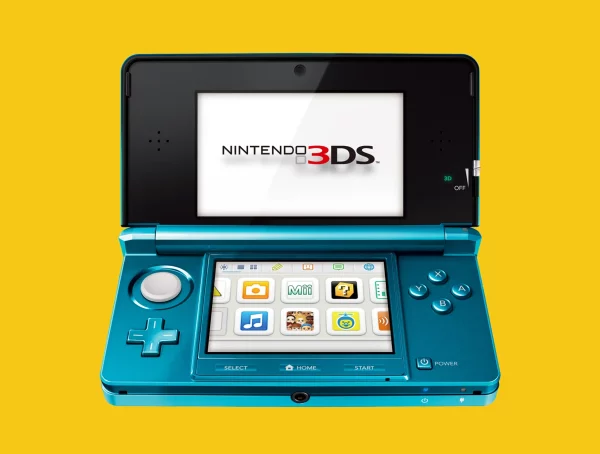
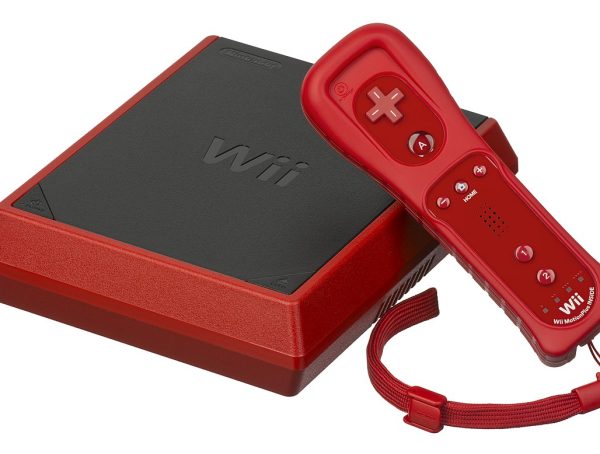
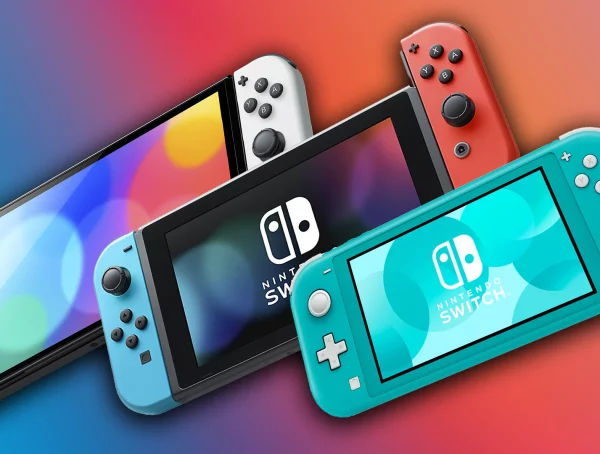
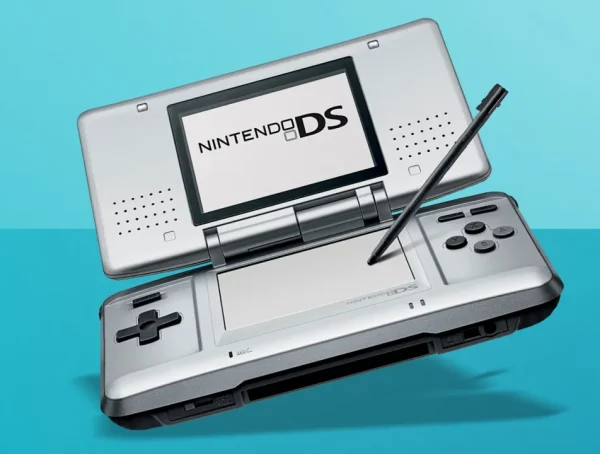



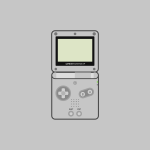
1 Comment
I love my old Game Boy!